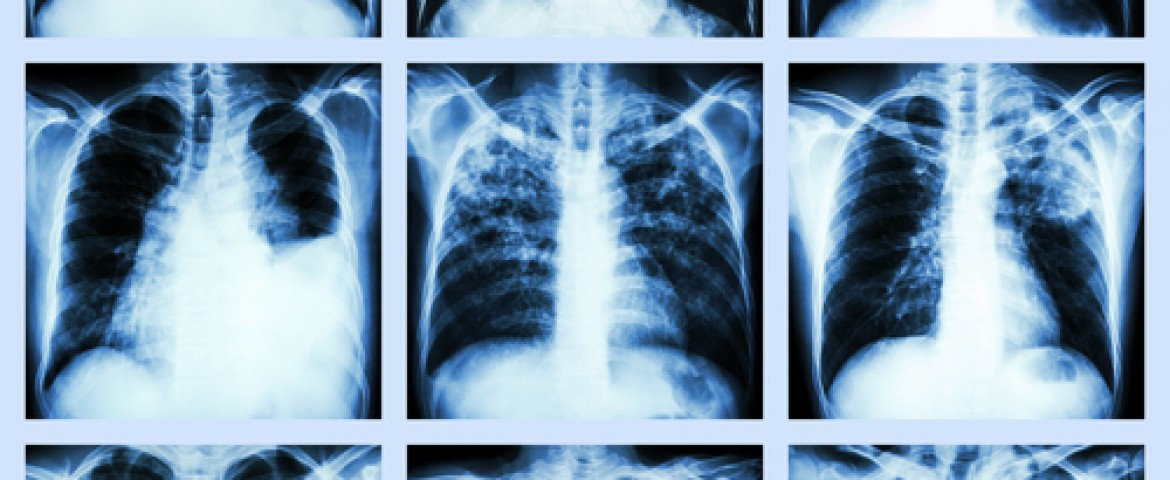Lung Function Test May Offer Non-invasive Way to Detect Early PAH in SSc Patients
Written by |

Measuring the lungs’ diffusing capacity for carbon monoxide (DLCO) may improve the ability of a screening algorithm to detect early-stage pulmonary arterial hypertension (PAH) in patients with systemic sclerosis (SSc) and improve their outcomes, according to new research.
The study, “Reduced diffusing capacity for carbon monoxide predicts borderline pulmonary arterial pressure in patients with systemic sclerosis,” was published in the journal Rheumatology International.
PAH has a particularly high prevalence in patients with SSc. Therefore, being able to detect PAH earlier would be key to improving clinical outcomes in patients presenting with both disorders.
The DETECT study proposed a non-invasive way to screen for PAH in SSc patients using an algorithm, instead of immediately performing right heart catheterization (RHC) – the gold-standard, albeit invasive, technique for PAH diagnosis.
According to the team, “the DETECT algorithm includes a step-wise process in which non-echocardiographic variables are assessed first, with subsequent assessment of echocardiographic parameters. RHC is then recommended in high-risk patients.”
PAH traditionally has been defined as a mean pulmonary arterial pressure (mPAP) of at least 25 mmHg, as measured by RHC. However, a lower cut-off of 20 mmHg has been suggested as an early and treatable stage of PAH in patients with SSc.
As such, a team at Japan’s Hokkaido University and Hokkaido University Hospital modified the algorithm used in DETECT to be able to predict mPAP values greater than 20 mmHg in this patient population.
The study analyzed 58 SSc patients (mean age 62 years, age range 49–70; 51 women), who underwent RHC for suspicion of PAH between 2010 and 2018. This group included 24 patients (41%) with an mPAP value of 25 mmHg or higher, nine (16%) within 21–24 mmHg, and 25 (43%) with an mPAP of 20 mmHg or lower.
The plasma level of brain natriuretic peptide (BNP) — a biomarker of cardiovascular diseases — was significantly higher in the group with higher mPAP compared to patients with lower values.
Right axis deviation — the direction of the heart’s electrical activity — was more frequent in patients with mPAP of 25 mmHg or higher (63%) than in the other two groups. Right axis deviation can be associated with lung disease or heart disease.
Importantly, DLCO — a test of the lungs’ capacity to transfer oxygen from the air sacs into the blood — was the only variable increasing in a similar way (median 2.5) in the two groups with higher mPAP values compared to patients with 20 mmHg or lower (median 1.5).
A subsequent analysis found that DLCO and right axis deviation — but not levels of autoantibodies or BNP — could predict mPAP higher than 20 mmHg. However, the sensitivity of right axis deviation (48%) was relatively low, the team noted.
Then, researchers created a pilot algorithm according to the variables’ odds ratio. The total score showed good predictive value for mPAP greater than 20 mmHg, with a sensitivity of 87.5%, and a specificity of 92%.
Overall, the results showed that “among conventional risk factors for PAH, decreased DLCO may predict mPAP [higher than] 20 mmHg with priority in SSc patients,” the researchers said, adding that “weighting DLCO may improve the performance of [the] screening algorithm for early SSc-PAH.”
The team, however, emphasized that the sample size tested was small, and that the findings need to be replicated.





